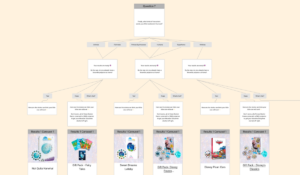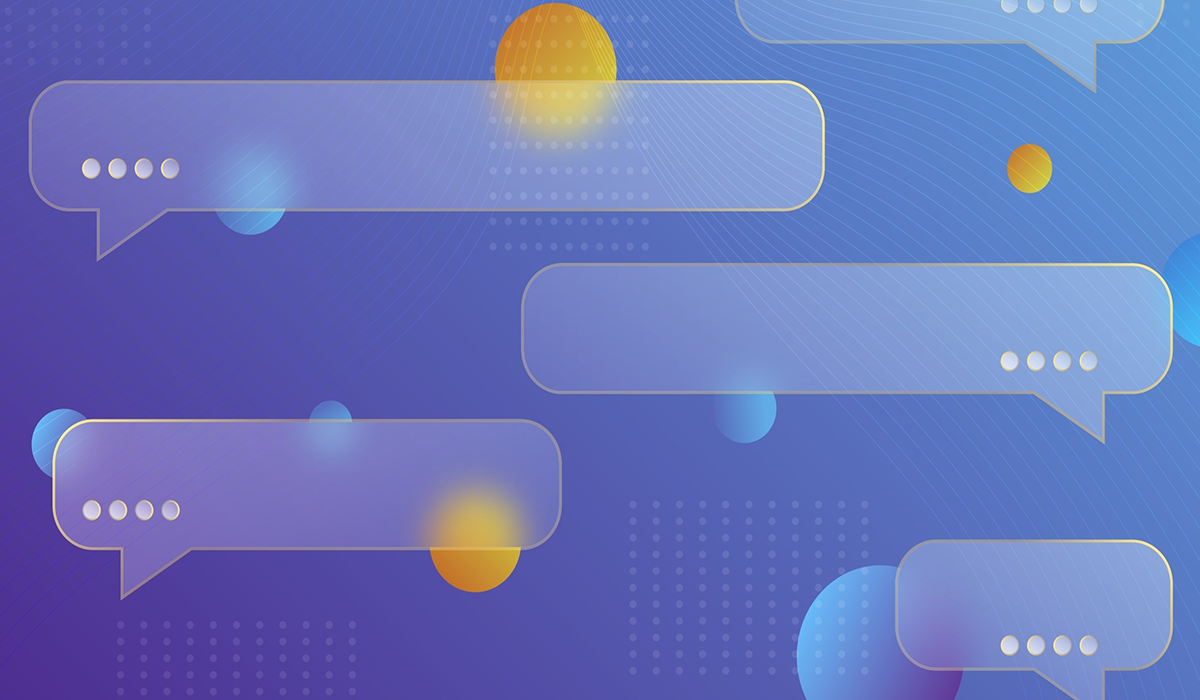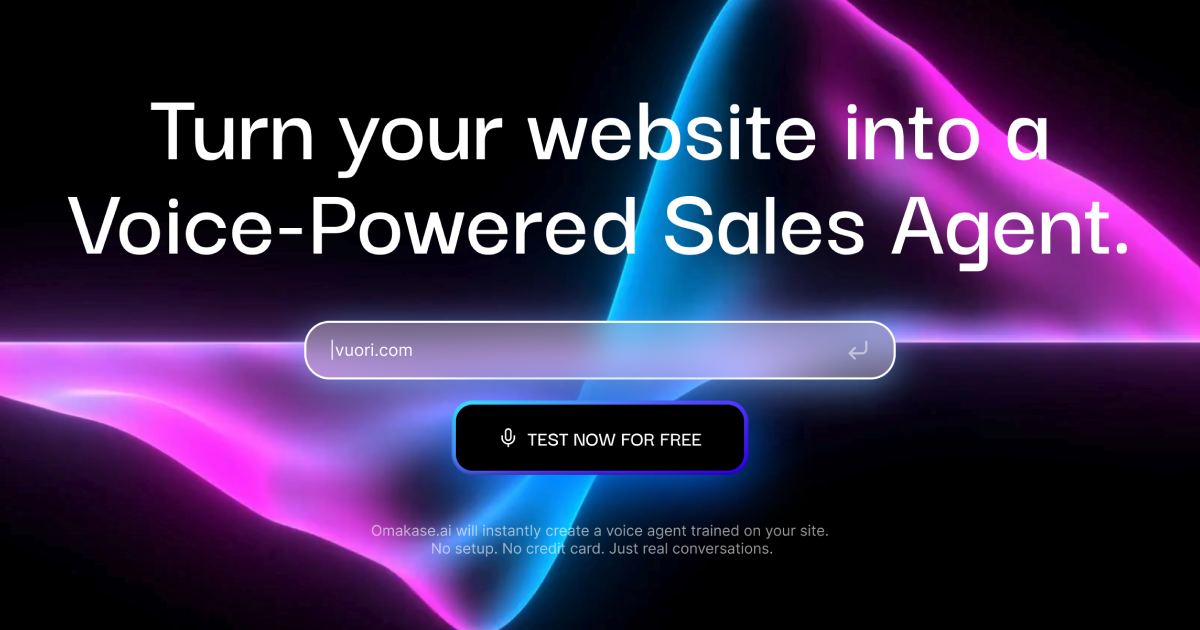In the dynamic world of chat commerce, the role of the conversation designer is to provide professional and expert advice on developing high-performing and brand-specific chat experiences (chatbots). As a conversation designer at ZEALS.ai, I am responsible for designing and building custom chat experiences for our brand partners which are optimized for their marketing needs, from driving sales to brand awareness or lead generation. In other words, you can think of me as a chatbot architect who creates the blueprint for crafting effective chatbot interactions.
At ZEALS.ai, we work with over 500 small to enterprise-sized brands across Asia and North America. On any given day, I could be designing and building chat experiences, optimized for marketing engagements, for startup to large enterprise brands, across a variety of industries. Where do we begin when building a chat experience? Here are the first steps to thinking like a Conversation Designer.
Listen to your client
What are the client’s main business objectives or KPIs? Many times, it’s as simple as driving sales or conversions. Sometimes, though, the focus of their marketing campaigns could be something else entirely, such as:
- Polling customers
- Growing email list
- Driving sweepstake signups
- Gaining customer insights through zero-party data
- Routing traffic to physical store locations
The capabilities of ZEALS.ai chat experiences are so versatile that we have scores of potential use cases. That is why, before even considering the design of the chat experience, we first need to understand our client’s goals and metrics. Then we can tailor the chat experience to its purpose or intention.
Learn the audience
The key to driving great performance for a chat campaign is to study and understand who the audience or end users are. When starting a new project for a customer, these are some of the important questions for the Conversation Designer to consider:
- Who are key audience segments?
- What social platform would best suit the target audience, Facebook or Instagram?
- Is the audience being targeted at the top or bottom of the funnel?
- What are the potential friction points or barriers driving chat engagements?
Of course, understanding the audience and end user profile is just one piece of the discovery phase. A conversation designer must also fully understand the brand voice and personality we are building the chat experiences for.
Understand the client’s brand
Chatbots are not a “one size fits all.” They are an extension of your brand; therefore, the chat experiences should incorporate the brand’s voice. To become a subject expert, our conversation designers study not only the target demographic and brand voice, but also the products and offerings, competitive advantages, brand guidelines, and more. This process is completed during our discovery phase. These learnings are the key building blocks to crafting the narrative of the chat conversation.
One of the brands we work with, Moonlite, provides interactive and immersive story time experiences for families with small children using a smartphone app plus a clip-on mobile projector. We learned from Moonlite that product education is an important step in driving meaningful engagement with their audience. That is why, in our chat experience, we offer at various points of the journey to explain what Moonlite is and how it works to first-time customers.

This educational component of the experience is one of the factors that contributes to the successful outcomes we’ve achieved:
- Quiz completion rate is above 90%
- Purchase value from customers who have interacted with the chat experience increases by 20%
Creating bespoke chat experiences
Crafting and implementing a successful and high performing chat experience is a multistep process, requiring a deep understanding of client objectives, audience dynamics, and brand essence. As a professional conversion designer, it is always my number one priority to ensure that each chat experience is a bespoke creation, tailored to meet specific client business objectives.
As we expand our services to small and large companies across all industries, the role of a conversation designer is key to creating chatbot experiences that are not only technologically advanced but also tried and tested, well-researched, and brand-consistent. By keeping in mind the three fundamental principles of listening to your client’s goals, learning about their audience to ensure brand-consistent messaging, and tailoring the chat script to the client’s specific needs, you’re ready to start thinking and building like a professional conversation designer.











